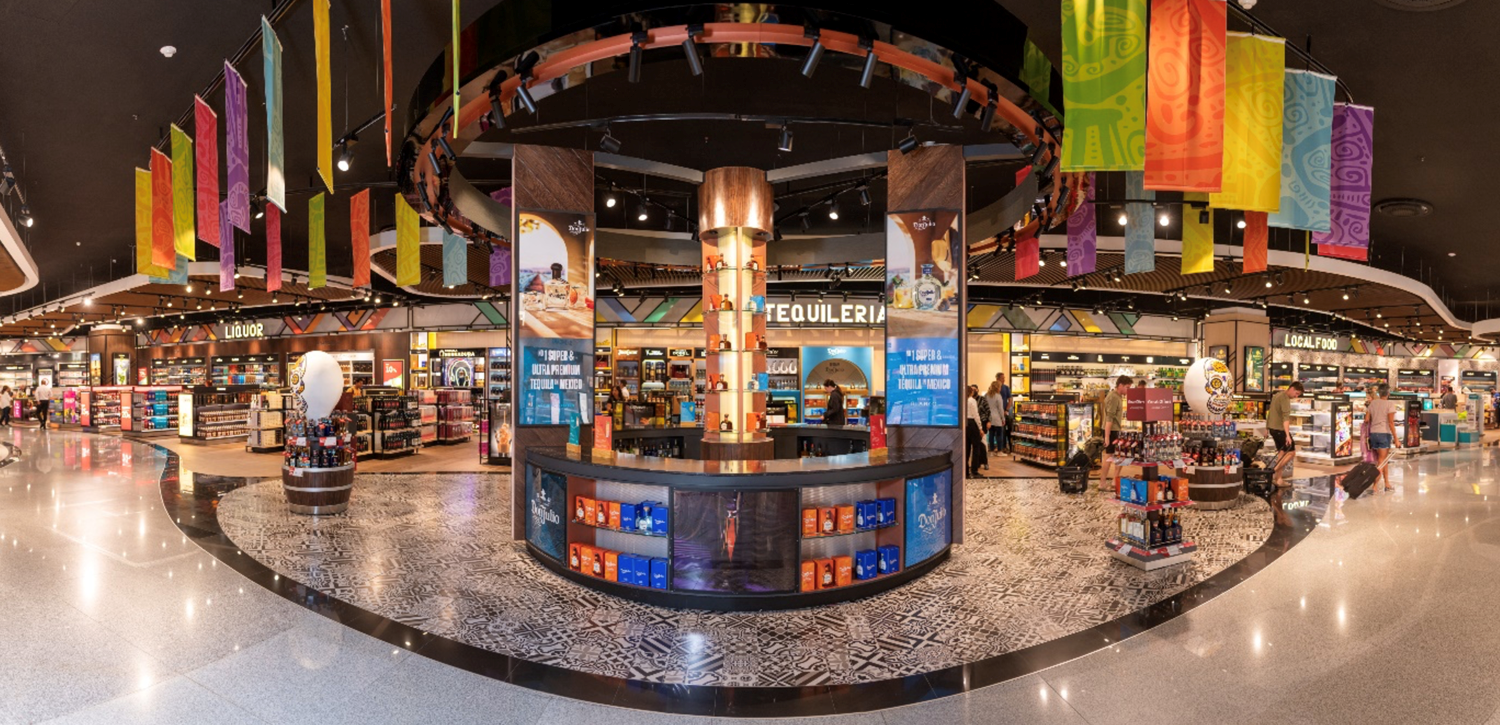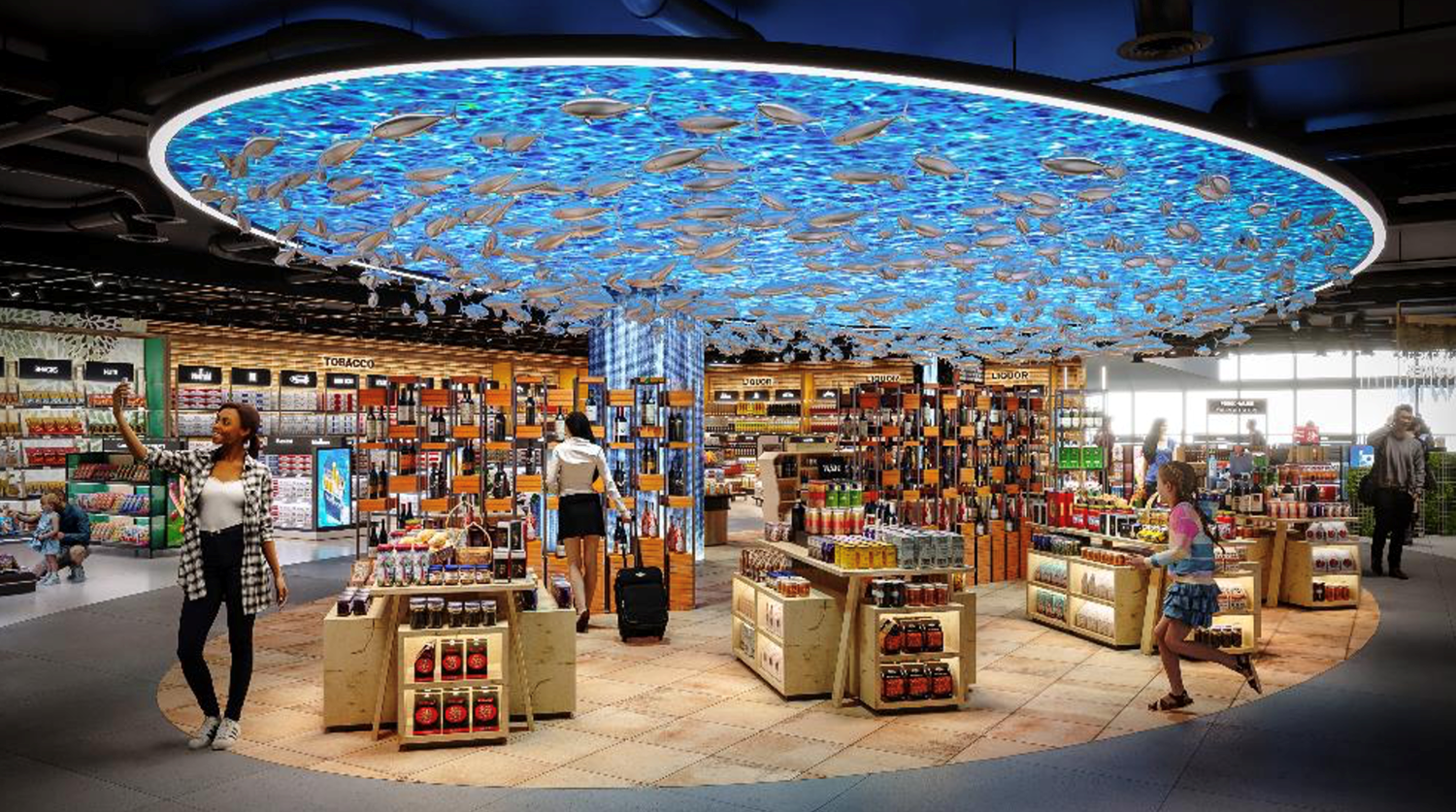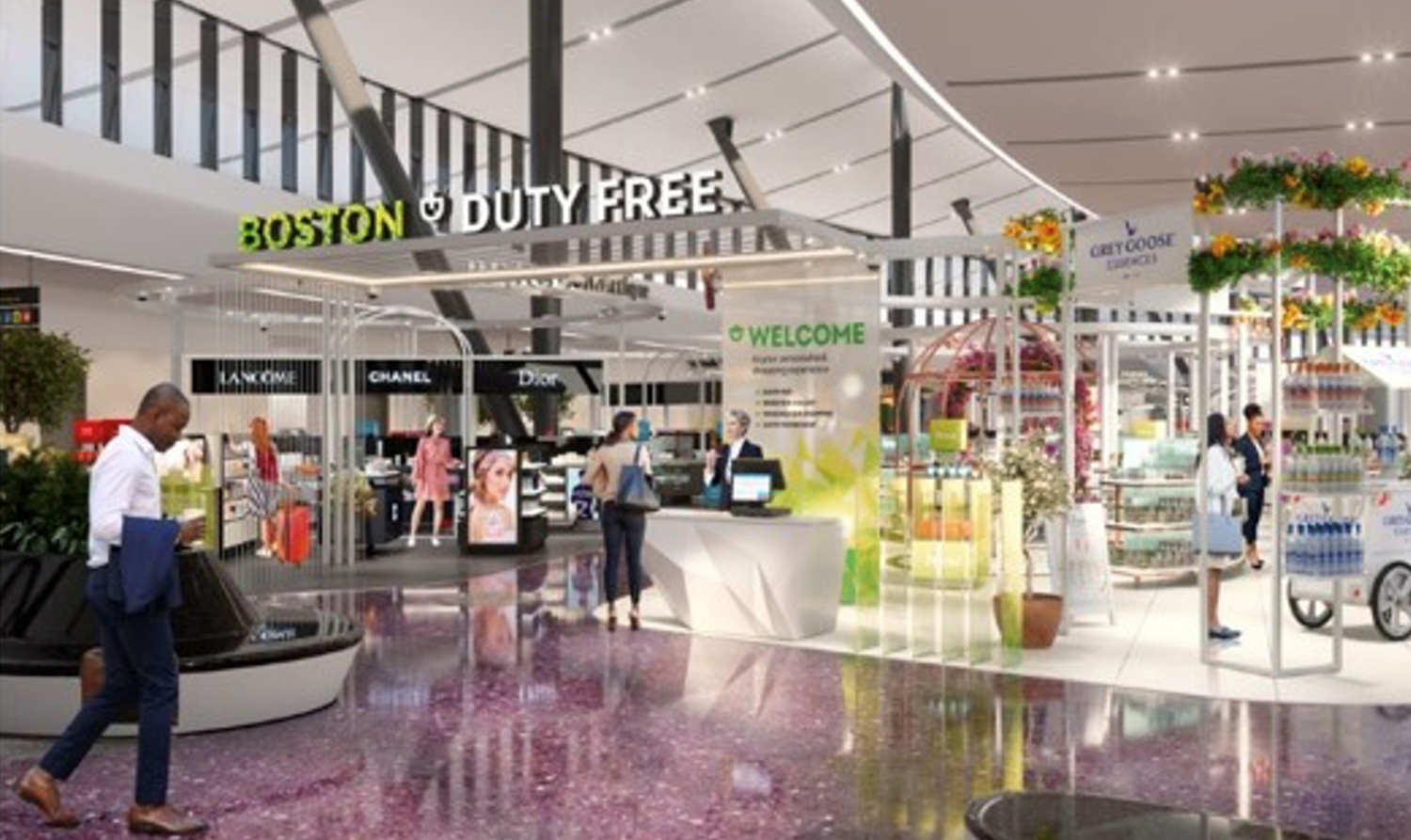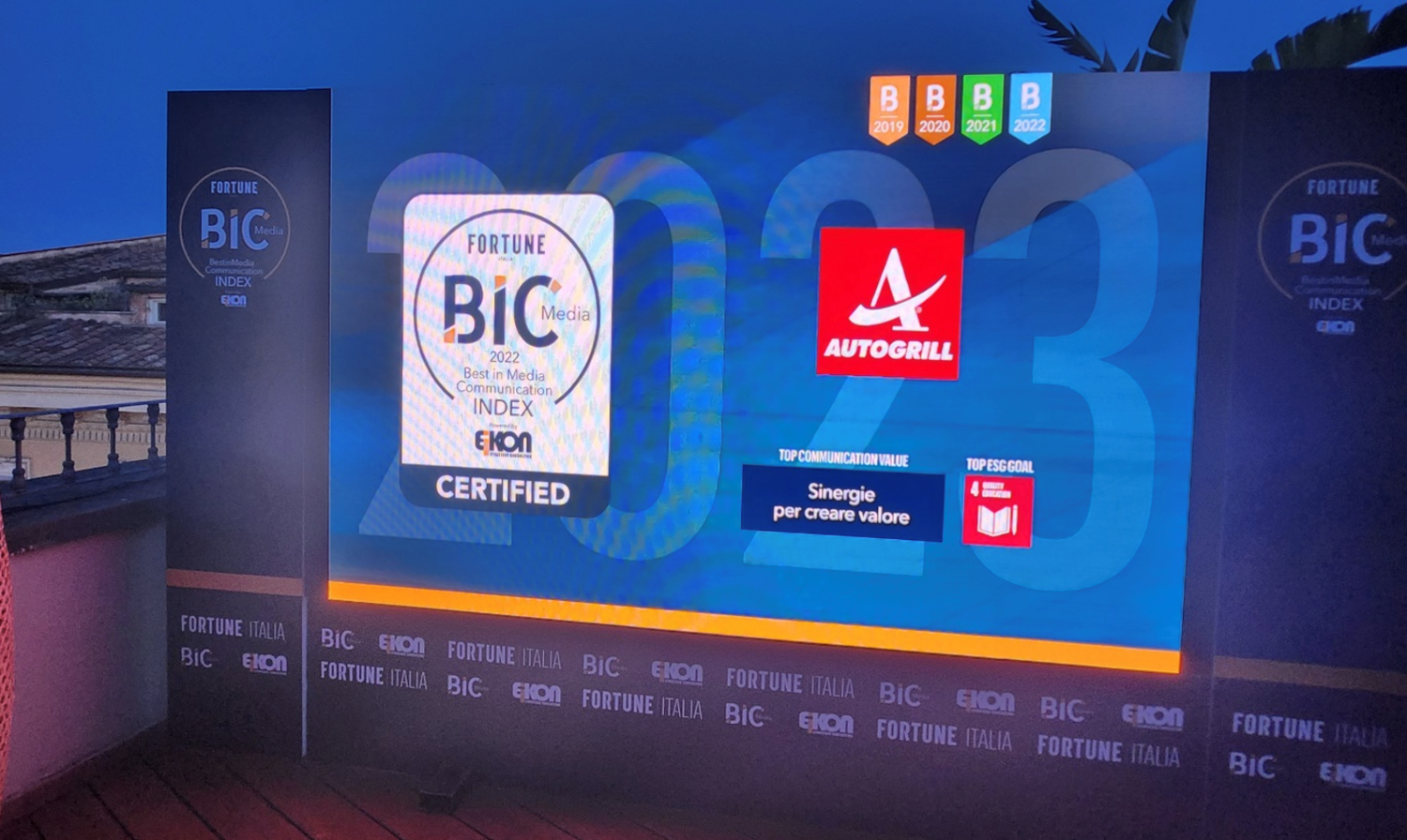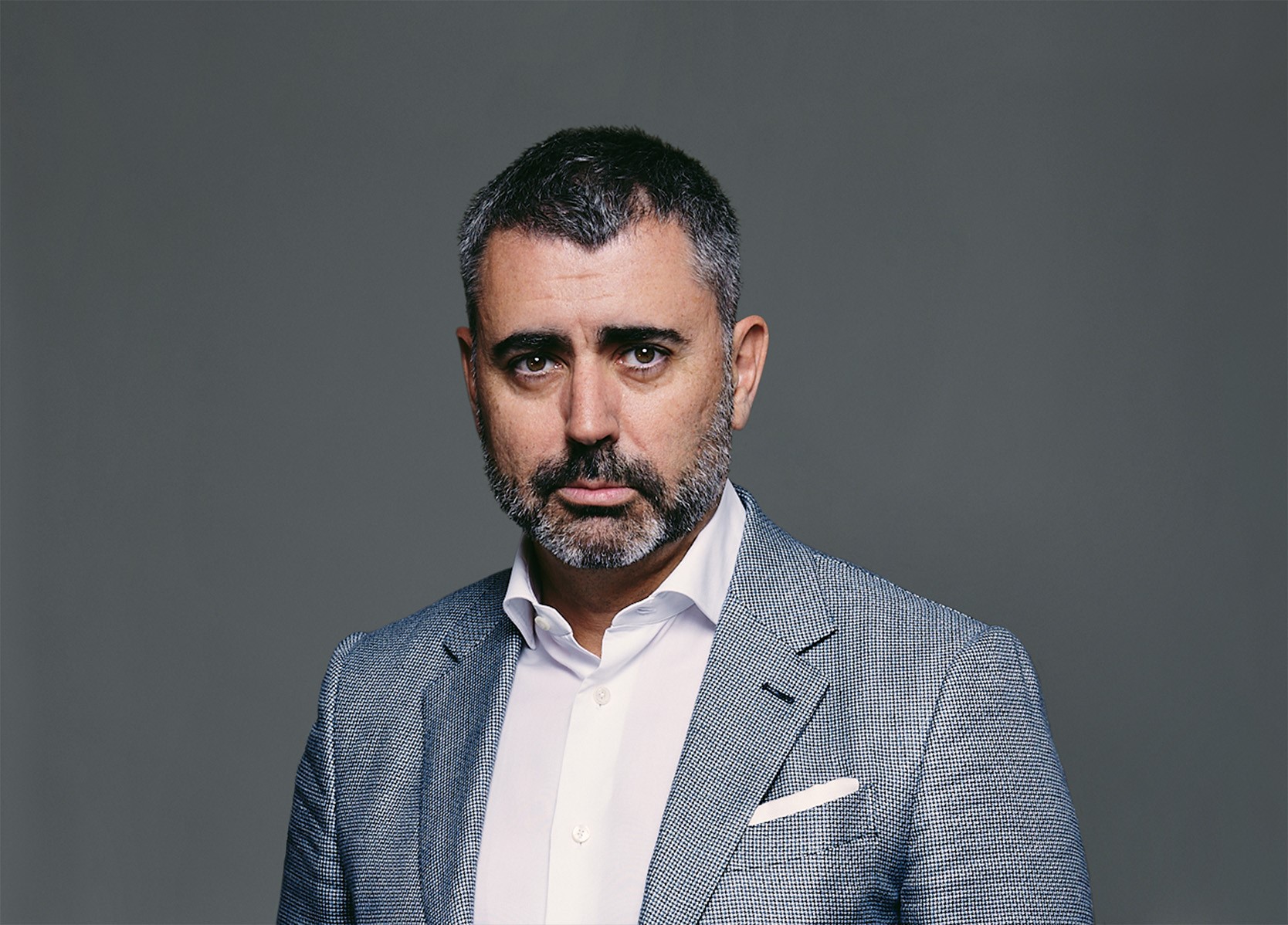Issue 33 - December 2019
Quo Vadis Dufry?
For those who are not that familiar with Latin languages – or are not so much into 1950’s cinema thrillers – Quo Vadis is a Latin expression that means, “where are you going?” Often, our day-to-day work does not let us see the bigger picture and understand where our company is heading. Hopefully this short story will give you a better understanding.
)
The rear-view mirror
It is important to look in the rear-view mirror; seeing what we have achieved to understand where we are now and where we are we aiming to be. The last 15 years for Dufry have been a story of growth and delivery. Since the creation of the current Dufry in 2003, Dufry has gone through two distinct phases.
Between 2004 and 2012, we established the foundations of what our company is today. The IPO of Dufry in 2005 was followed by a number of acquisitions, which permitted Dufry to obtain critical mass to become the industry leader and a geographically diversified business.
Between 2014 and 2018, the transformation of Dufry took place, with two key milestones: the transformational acquisitions that permitted Dufry to expand substantially its reach and turnover, and the transformation of the company – and the adoption of a strong Business Operating Model (BOM) – that followed.
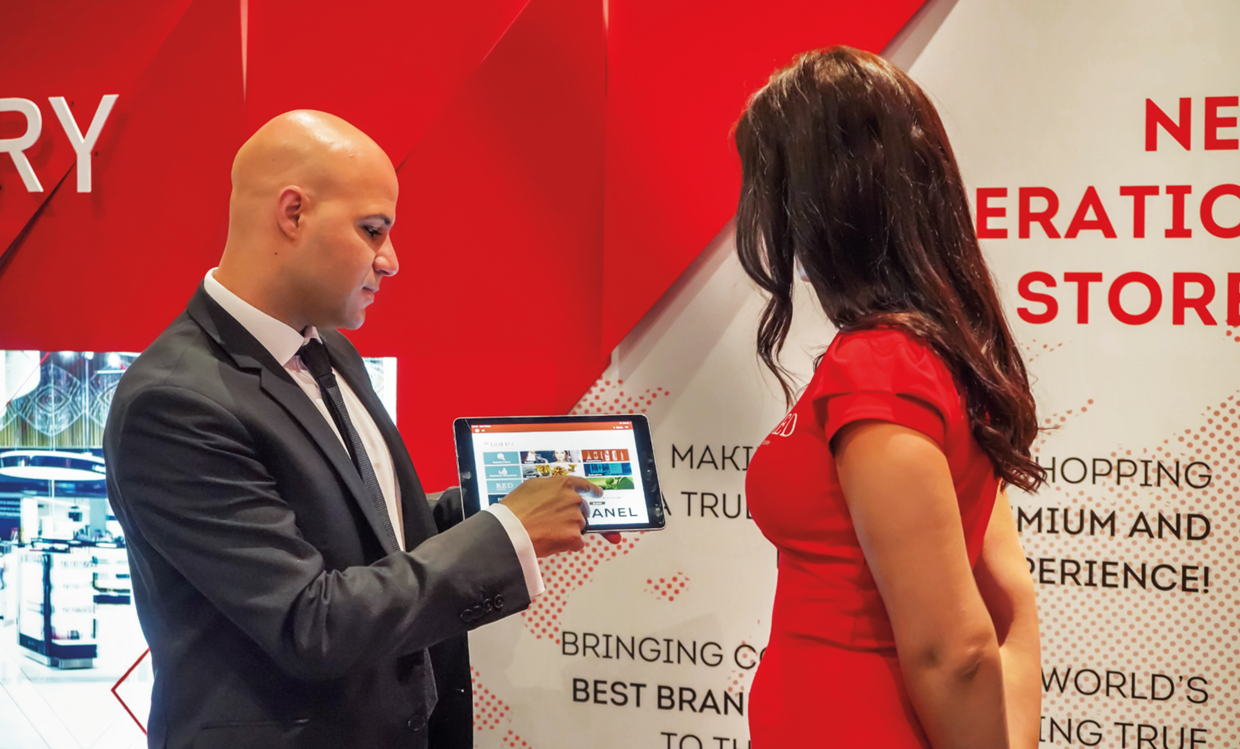)
The new context
We are living through a digital transformation in our industry. And much as travel retail is “a world apart” in the retail sector, our industry is changing too. Moreover, at a very fast pace. The changes in the consumer profile and buying patterns are perhaps a more critical factor for our business. The prominent role of low-cost carriers (which are driving passenger growth), the increasing relevance of hyper-connected consumers (millennials and Generation-Z consumers) within the wider profile of shoppers and the change in duty-free shopping motivation (from price to value, experience and service) are factors that have changed the shape of our customers. In addition, for the next phase in the Dufry story, we have to adapt our business to meet their requirements.
Acceleration phase
The 2019 to 2022 period is meant to be the acceleration phase and pursues one ambition: to deliver a one global, more customer-centric model that permits us to drive growth. This phase is to be built around four major levers:
1. Integrated commercial platforms, closer to the business
2. The Retail Store Excellence Program
3. Small and medium-size acquisitions
4. Expansion of the travel retail market value
Both the commercial platforms and the ‘Retail Store Excellence Program’ were covered in our last issue of Dufry World, as both of these initiatives are also pioneering new ways of working within Dufry. But we couldn’t omit them here as they play a fundamental part in the short-term growth of our company.
With the integrated commercial platforms – led by Nigel Keal – we are bringing commercial decisions closer to where our business is made, reducing complexity and the time-to-market of our commercial decisions and the execution of commercial initiatives. With this new model, we continue to take advantage of Dufry’s robust global commercial structure but we are now more connected to the operations, ensuring a closer collaboration between global and local teams and a better understanding of each individual market. As a result, the commercial function is more agile and, crucially, more responsive as it permits us to react quicker to market changes.
The ‘Retail Store Excellence Program’ is probably the most visible part of the initiatives, as it involves revisiting what we do in store with the sole objective of increasing interaction with our customers as a way of driving higher average spend. It is bringing to life our aspiration of being a WorldClass retailer, and we can do this by empowering teams through strong leadership, staff planning and improving their selling capabilities, enhancing in-store communication and, of course, by developing the stores of the future.
As part of the growth plan in the medium term, we will also consider potential acquisitions of small to medium-size companies that can be easily integrated. The recent acquisition of RegStaer Vnukovo and OHM Concessions in the USA are examples of these potential acquisitions that come to complement our portfolio.
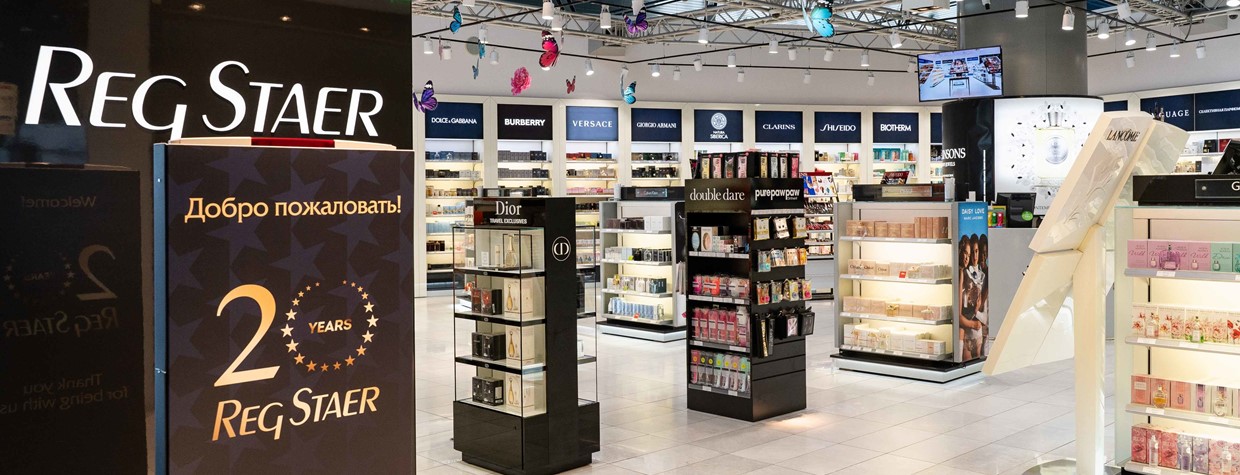)
Lastly, the most ambitious part of our plan includes the expansion of the travel retail market value. That is a longer-term objective, but we are beginning to see the first results. Brands continuously recognize travel retail as a relevant channel and a unique opportunity to position certain products in front of a very attractive audience. At the same time, landlords are continually investing in improving the retail spaces as a way of increasing their non-aeronautical revenues. We can leverage our global footprint (2,300 shops in 64 countries) against our capacity to generate memorable shopping experiences, an asset that not many retailers can claim to have, and maximize the opportunities to generate additional growth.
Back to the future
Much as it is not possible to scrutinize the future through a crystal ball, or drive a Delorian to 2022 to see if our strategic plan delivered the desired results, we can play the game of imagining what the Dufry of the next three to four years will look like! Moreover, what we can see is that Dufry has adapted retail concepts, shops and product assortment to meet the new needs and desires of customers: multiple commercial formats feature Dufry-exclusive products, limited editions and novelties created in close partnership with our brand partners. That digital technologies are present throughout the whole customer journey, expanding the number of touchpoints Dufry has with customers; that we have really managed to deliver a 360° in-store experience and have the capability to engage (and surprise) our customers in a new way. The “bad news”: we still cannot see flying skateboards (as we would have liked to!), but the future looks promising for Dufry. Are you ready to take this ride with us?
By Jorge Muñiz

